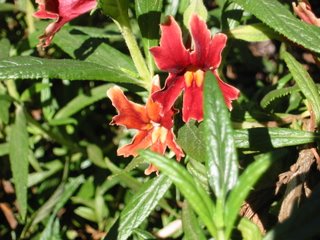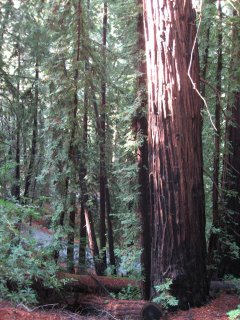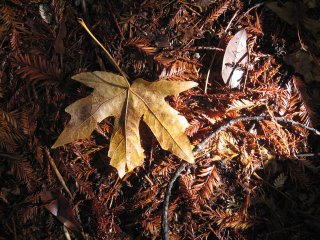Tribute to Griffith Park

Above photo of Heteromeles arbutifolia (toyon) in Griffith Park by Carmen Wolf
This past Tuesday, Wednesday and part of today a massive, aggressive fire torched over 800 acres of our beloved Griffith Park, one of a few special places that has been the source of my love for California native plants. It is truly a haven in the midst of this often miserably vapid, superficial concrete jungle.
Over the past 10 years I have hiked in Griffith Park countless times with friends, dogs, family visiting here for holidays and my husband. It is where our third dog, Vida, was rescued after a month of failed attempts by myself and three other people who watched and worried about her from afar.
I have stumbled upon some of the most beautiful flora and fauna, always inducing wonder and awe. Just two weeks ago, my sister and I were walking my dogs when we spotted an enormous deer sitting down for a spell at the top of the nursery, just below cedar grove (areas that were burned). I shudder to think of the fate of that beautiful creature.
There's probably no telling how many of our vulnerable wildlife were killed, harmed and displaced from their homes.
As for the plant life in Griffith Park, there are ways to tell how many of the old trees were lost. LA Recreation and Parks can likely determine this, if they haven't done so already. They will then make a plan for how to restore the vegetation.
I hope they will include the following plants:
Artemisia californica
Baccharis pilularis
Encelia californica
Eriogonum fasciculatum
Fremontodentron
Gnaphalium
Heteromeles arbutifolia
Juglans californica
Malacothamnus
Mimulus aurantiacus
Quercus agrifolia
Rhus integrifolia
Rhus ovata
Ribes speciosum
Salvia apiana
Salvia leucophylla
Salvia mellifera
Sambucus mexicana
It would be a terrible mistake to plant non-natives; now is a chance to start fresh. We have the opportunity to do a genuine restoration and, in some small part, bring back what was here prior to human intervention. Seeding the slopes after this fire is a huge mistake, which I hope city officials avoid like the plague. There are mounds of evidence that show seeding of non-native grasses, which has been commonplace for years, destroys the ecosystem of the hillside, crowds out the native plants that re-sprout after fire and leads to a cycle of erosion. Las Pilitas Nursery in Santa Margarita recommends, "Sandbags, check dams and making sure your grades and drains work . . . before the first rain."
I hope Rec and Parks are on the same page. Griffith Park needs help to defend against the invasive exotics that will begin to pop up over the next few months. If the folks in charge could also somehow mitigate voracious castor bean, mustard, non-native tobacco, etc., before it comes back with a vengeance, the park could be on it's way to breaking free of the stranglehold these invaders have had on it for so long. It's the least we could do for this precious space.
Then, from this point forward, our city has got to 100% restrict smoking in the park. I am perpetually confounded and outraged every time I pass by golfers on the green of Roosevelt Municipal Golf Course smoking like chimneys. This behavior is extremely dangerous. It puts us all at risk.
Perhaps if we can allow this tragedy to galvanize some positive change, we can help secure a safer Griffith Park for the future. That is my hope.







